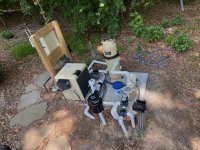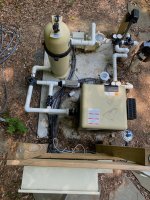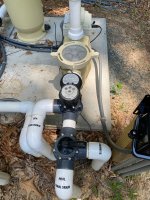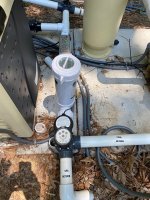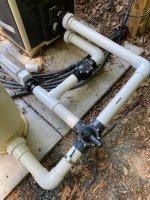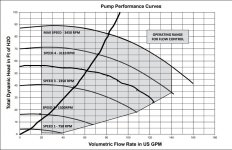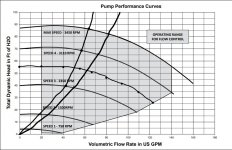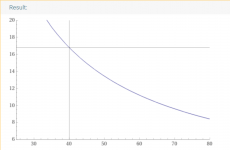What was the heater size for the previous system?We had literally almost this exact same set up in our previous home and we did not have this problem.
A 400,000 btu/hr heater is probably too big for a hot tub.
A 400,000 btu/hr heater is nice for heating a pool quickly, but it's oversized for a hot tub as you are finding out.
A 400,000 btu/hr heater will provide 3.36 degrees per hour for a 12,000 gallon pool.
A 200,000 btu/hr heater would provide 1.68 degrees per hour, which isn't too bad.
If the pool is going to be kept at temperature, a smaller size heater would have been fine.
If the pool is only going to be heated occasionally, then the bigger heater is nice.
I think that a 200k btu/hr or a 250k btu/hr might have been a better choice.


